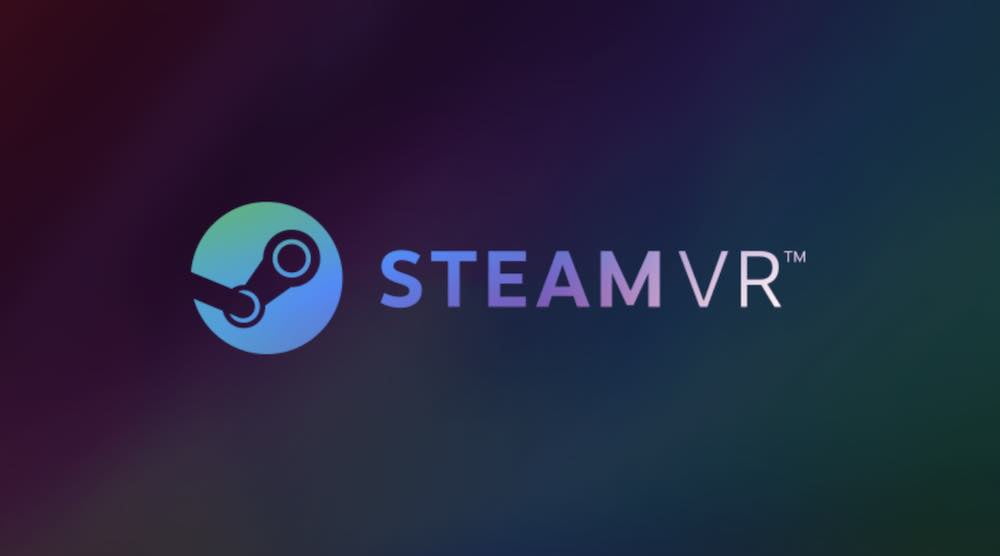SteamVR in January 2023: Pico 4 grows, PC VR usage disappoints

The PC VR winners of the holiday season are Meta Quest 2 and Pico 4. The loser: SteamVR.
Valve's monthly hardware and software survey covers all VR headsets that were connected to PCs with Steam installed during the month and whose users participated in the data collection. The statistics show, among other things, the percentage of SteamVR users in the total Steam user base.
The highest value recorded so far is 2.31 percent (May 2021). In December 2022 it was 2.03 percent, and in January 2023 it was 2.19 percent. Assuming Steam has an average of 132 million monthly active users in 2021, and that number stays about the same, SteamVR should have just under 3 million users.
SteamVR results as of January 2023
The following statistics show the market share of VR headset devices covered by Steam as of December 2022. Devices with less than half a percent market share are not listed.
VR users who only use Meta platforms and Viveport and do not have Steam installed or do not participate in Steam data collection are not included in the statistics, nor are PSVR players and Meta Quest 1 & 2 users who only use their VR headset standalone. As a result, SteamVR statistics reflect only a small portion of the total virtual reality market.
| January 2023 | Difference | |
|---|---|---|
| Meta Quest 2 | 44,26 % | + 2,91 % |
| Valve Index | 16,05 % | - 1,18 % |
| Oculus Rift S | 13,11 % | - 0,30 % |
| HTC Vive | 6,60 % | - 0,45 % |
| Oculus Rift | 5,65 % | - 0,37 % |
| Windows Mixed Reality | 5,18 % | - 0,39 % |
| Meta Quest | 2,29 % | - 0,34 % |
| HTC Vive Pro | 1,25 % | - 0,25 % |
| HTC Vive Cosmos | 1,05 % | - 0,09 % |
| Pico 4 | 0,97 % | + 0,22 % |
| HTC Vive Pro 2 | 0,67 % | + 0,10 % |
| Pico Neo 3 | 0,60 % | + 0,11 % |
| SteamVR user base | 2,19 % | + 0,16 % |
Meta Quest 2 and Pico 4 saw the largest increase, with the latter device launching in October 2022 in twelve European countries, as well as Japan and South Korea.
According to the developer of Virtual Desktop, Pico 4 headsets used via Virtual Desktop on PC are registered by SteamVR as Quest 2 devices. This circumstance implies a fuzziness in the collected data. In this case, it would be unclear how many percentage points of the 2.91 percent are attributable to Meta Quest 2 and how much to Pico 4. Theoretically, Pico 4 could have grown much more than the SteamVR statistics suggest. We don't know.
Meta Quest Pro, which also launched in October, should also be counted as Meta Quest 2, although the percentage points are likely to be small: Meta is already discounting the device three months after launch.
Correct. I wouldn’t trust those numbers
AdAd— Guy Godin (@VRDesktop) February 2, 2023
Overall, Pico 4 could have a market share of 2-3% without even being launched in the largest VR market, the USA.
Even if that were the case, the Pico 4 still has a long way to go. The device is priced the same as the Meta Quest 2 and is being touted as a serious competitor to the best-selling VR headset, but it has only been able to gain a small amount of market share in its first few months. It will probably take more time for Pico to catch up to Meta, especially in the US where Meta Quest is an established brand.
SteamVR: Figures show declining development
The monthly Steam survey does not tell us how often and how intensively VR headsets are used on the PC. The statistics below give a rough idea. It shows the monthly averages of the sum of the peak player numbers for each SteamVR-only game (i.e. no Rec Room).
In previous years, there was a strong increase and a new peak after the Christmas season, which did not happen this year. This year's numbers are even below the January 2021 numbers.
SteamVR users as a percentage of the total Steam user base also never reached the May 2021 peak. As the Steam user base grows steadily, so does the SteamVR user base, but at a slower rate than the former. Otherwise, the percentage would not be flat.
This shows that PC VR on SteamVR is losing its appeal. To change this, Valve would probably have to launch a new hardware and software initiative. It is currently completely unclear if and when this will happen.
Meanwhile, PC VR fans may look to Playstation VR 2 and hope that Sony will breathe some life back into high-end VR by developing more sophisticated games with a stronger focus on PSVR 2 and then porting them to PC VR.
Note: Links to online stores in articles can be so-called affiliate links. If you buy through this link, MIXED receives a commission from the provider. For you the price does not change.